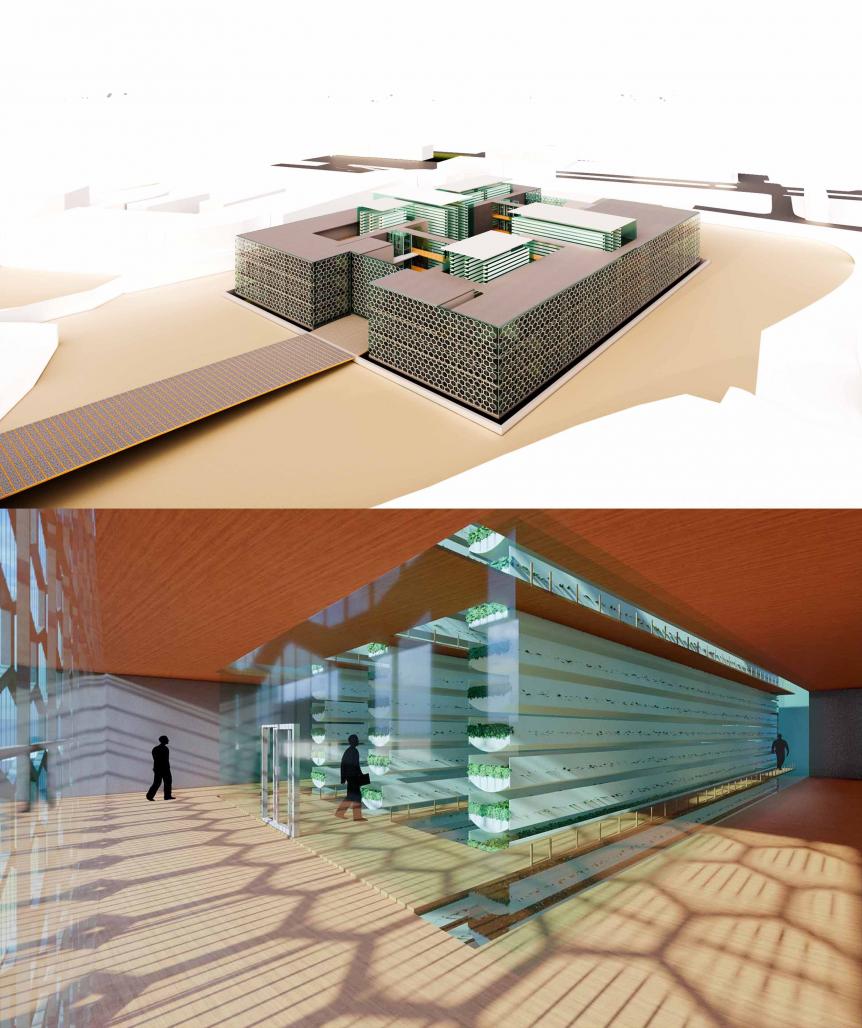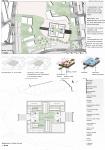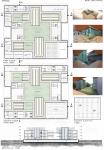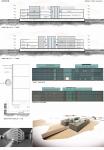The total amount of water in the worlds 1 billion 400 million km3 and covers three quarters of the earth. However, it is not possible to reach this amount and use it technically and economically. Because 97.5% of the waters are present in the seas and oceans as salty water, only 2.5% of them are fresh water. And most of this fresh water is ice mountains.
The amount of water available and we are so few, while our population has increased three-fold in the last 100 years and has increased six-fold in water consumption.
The demand for water is increasing due to population growth, skewed urbanization, global warming, industrialization and agricultural use in cities, and this creates pressure on clean drinking water resources.
The healthiest indicator of whether water resources are adequate in a country is the annual amount of renewable fresh water. For example, countries that use less than 1,000 m3 of wat er per person per year are “water poor"; those using water between 1,000-3,000 m3 "water constraint the country that suffers stress"; those who consume more than 10,000 m3 of water can be described as "water rich".
Annual water potential in the current year is around 1.5000 to 1.600 m3 per in Turkey. Considering the current growth rate, changing water consumption habits, it is thought that this will cause pressure on water renources.in 20 50, many regions in turkey's medium and high-level attention drawn to the water problem.
People can fix this situation with the right water management. But water is managed by many organizations and institutions in turkey. Therefore, what needs to be cannot be done on time and efficiently.
To fix these problems, people can start from agriculture, which is the most water consuming area in the world. The graphic on the side shows the usage areas of fresh water. In addition, the use of virtual water has a very important place.
In daily life, we spend an average of 300 liters or water for domestic use. In addition, we use an average of 3 500 liters of invisible water when we consume daily food and drinks. This is call it virtual water. Virtual water is the amount or water spent in the process from. Production to consumption.
By adopting production techniques that require less water per unit of product, to break the apparent link between economic growth and increased water use. This can be improved by using advanced rainwater collection techniques and additional irrigation techniques. By creating artificial water reservoirs, it can be tried to overcome water shortage periods. Knowing the virtual water content of the predicts dives an idea df which goods affect the water system most and where water savings can be achieved.
This virtual water can be seen as an alternative water source. People can reduce the pressure on water resources by countries managing virtual water properly. In particular, agricultural production is directed from the areas with low water efficiency to those with high efficiency, and the efficiency or water use, namely the efficiency obtained from the unit water, is increased. Virtual water creates an important opportunity in optimizing water resources management.
My reason for choosing halkapinar as the area is primarily the center of water management in Izmir throughout history. Today, it does not seem like a water management center in Izmir, the lake in the area has dried up due to excessive use of water and the area is very polluted. It looks like a problematic area. With the project we will do here, it is also aimed to improve the area.
I preferred to be located on the dried lake in the halkapinar izsu area. Because, the researcher attitude of this building with greenhouses, to meet the water needed for greenhouses with the façade system and transferring the remaining excess water to the lake area and feeding the groundwater.
2020
0000
PROGRAM
Office 600m2
Greenhouse 2910 M2
Courtyard 920 M2
Food Store 550 M2
Class 150 M2
Hologram Room 145 M2
Planting Area 170 M2
Irrigation Area 250 M2
Plant Care Area 200 M2
Auditorium 1000 M2
Farm Lab 860 M2
Local Food Market 400 M2
Cafe 430 M2
Library 630 M2
Birol Fırat Haman
Favorited 1 times






